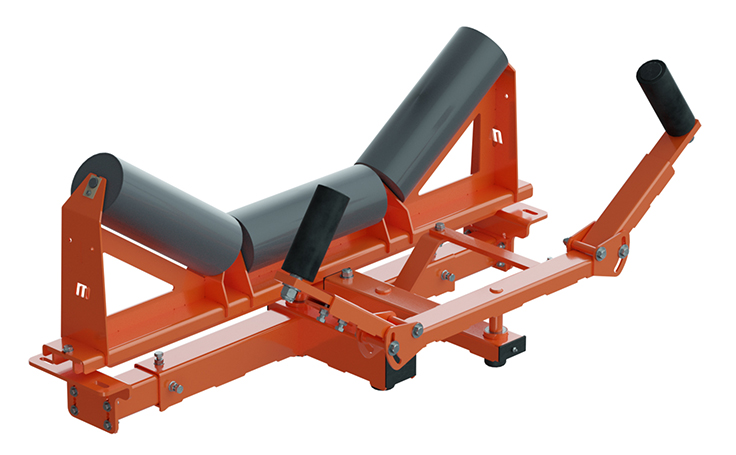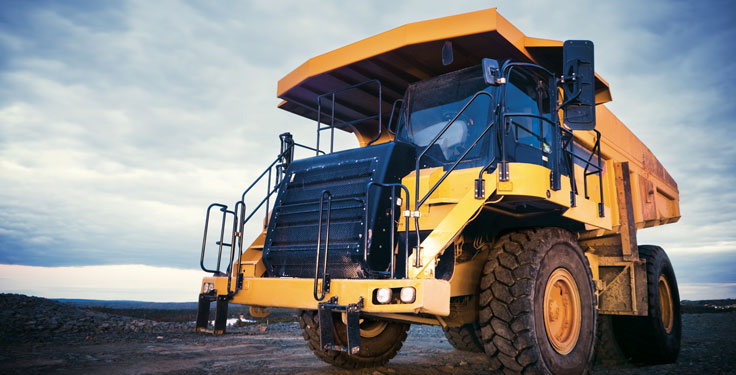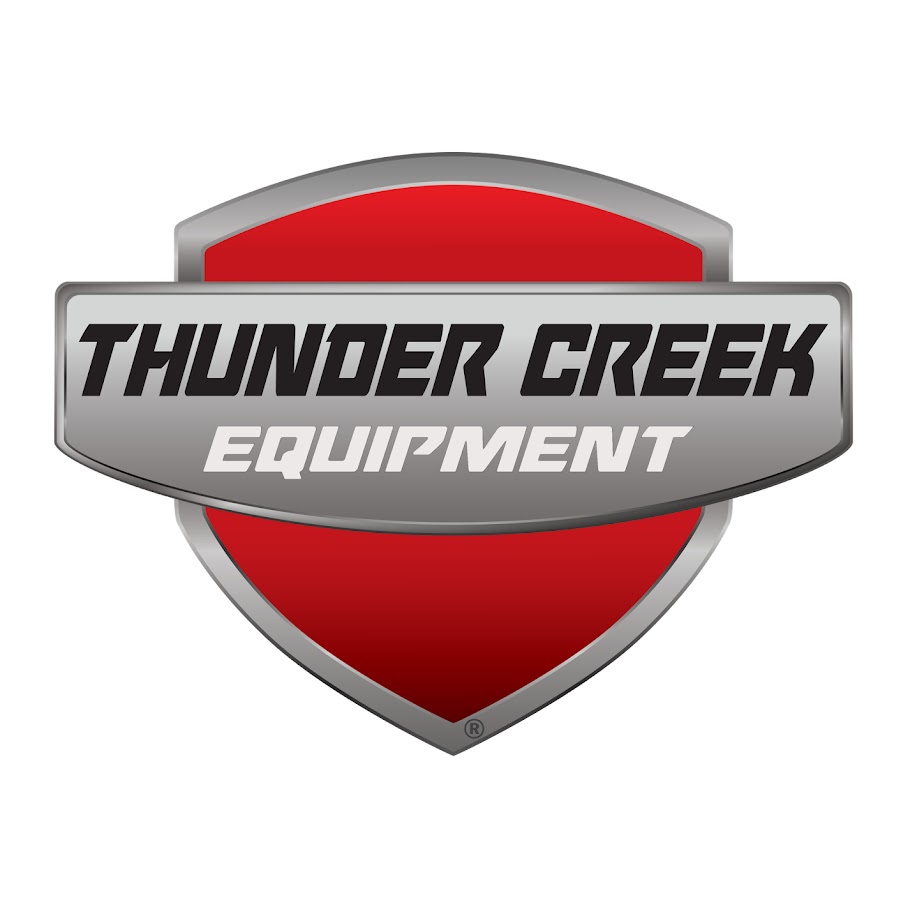
Martin Engineering launched a tracking device for belt conveyors.
According to the company, the new Martin Tracker HD’s upper and lower units provide immediate, continuous and precise adjustment of a mistracking belt. The result is greater productivity with less unscheduled downtime related to equipment replacement and spillage cleanup for a lower cost of operation.
“Since most OEM mistracking devices are only designed to prevent contact with the stringer and don’t actually realign the belt, operators can spend a lot of time monitoring the system and adjusting idlers to achieve consistent alignment,” says Dave Mueller, product manager at Martin Engineering. “With enough manual adjusting, operators find that idlers must be recentered if there’s a change in cargo characteristics or to install a new belt. The Tracker HD automates the alignment process, eliminating the need for constant monitoring and manual adjustments, reducing the labor and downtime for maintenance.”
As Martin Engineering describes, the Tracker HD’s precision comes from sensing rollers that ride either side of the belt edge and are attached to the end of an arm assembly. As the rollers detect slight variations in the belt path, the force of the wandering belt causes the arms to automatically position a pivoting idler in the opposite direction of the misalignment.
The lever action requires less force to initiate the correction, the company adds, and only slight adjustments mean the consistent contact between the belt and idlers reduces the energy needed to bring the belt back into alignment.
The Tracker HD is suitable for belt thicknesses up to 1.125 in. and speeds up to 800 ft. per minute. Both the upper and lower units accommodate belt widths of 36 to 72 in. with an effective tracking distance of 150 ft., according to Martin Engineering.











